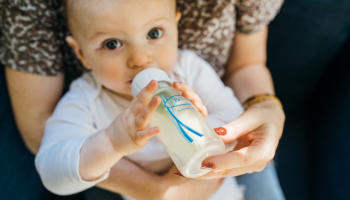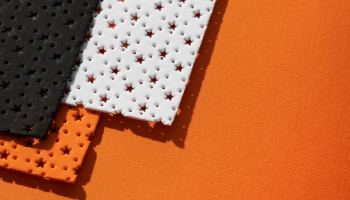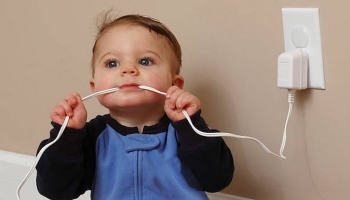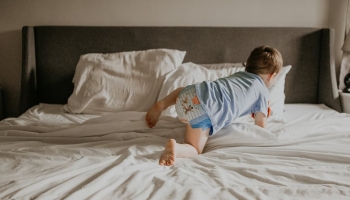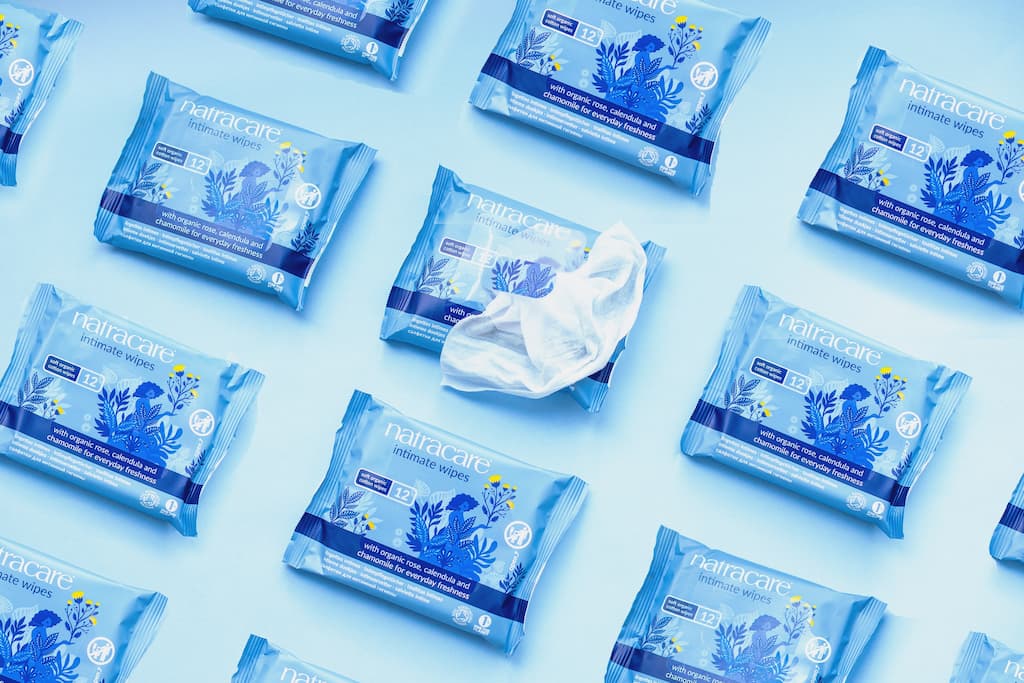
Ensure your baby girl’s health and comfort with our guide. Learn with Mothersneed the correct technique for wiping and avoiding common mistakes. Keep your little one safe and clean!
Wiping a baby girl is a little more complicated than wiping a baby boy. Let’s help you keep your newborn girl’s genitals and bottom clean. This will keep your baby healthy.
Before we begin, remember to clean your baby’s genitals with warm water and a cotton ball. Even after using a cleanser, you can also clean your baby’s genitals with water.
Let’s begin the lesson!
How to Wipe a Baby Girl (Step-By-Step Guide)
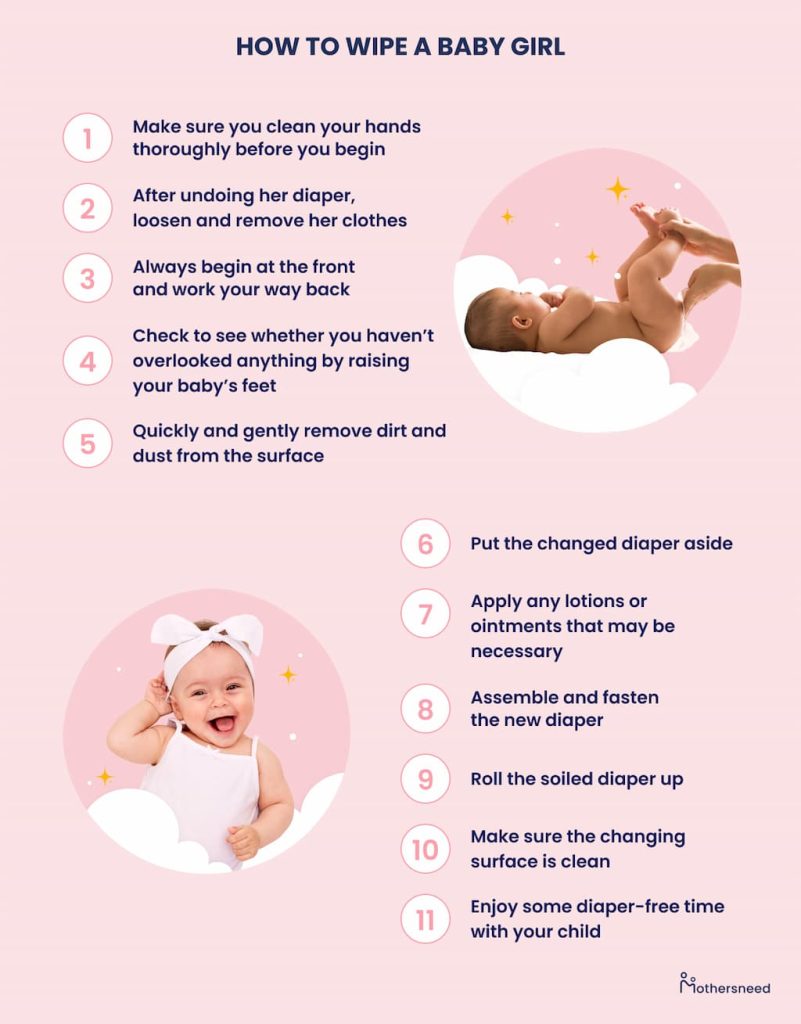
1. Make sure you clean your hands thoroughly before you begin
To begin cleaning a newborn girl’s nappies, make sure your own hands are clean.
2. After undoing her diaper, loosen and remove her clothes
Wipe and tuck her in. Use the clean edge of the old diaper to wipe away as much poo as you can, then fold the nappy in half and tuck it beneath the child.
3. Always begin at the front and work your way back
Remember to always wipe from the front to the rear with a WaterWipes wipe while cleaning. Bacteria may enter the vagina or urethra if you wipe from back to front, putting your baby at risk of infection.
4. Check to see whether you haven’t overlooked anything by raising your baby’s feet
Lift your baby’s feet to be sure you haven’t missed anything important. You should be able to do this task with one hand, leaving the other free to wipe up any excrement that may have been previously buried. Always remember to wipe from the front to the rear of the wiper. Alternatively, if you’re washing the creases around the baby’s legs, work your way outwards.
5. Quickly and gently remove dirt and dust from the surface
Your daughter’s labia (vaginal lips) should be separated gently with your fingers, followed by a thorough cleaning with a WaterWipes wipe from top to bottom. There is no need to spend a long time doing this or being extremely forceful, and there is no need to discharge any excrement into the vaginal opening. Simply cleaning with care and speed is all that is necessary.
6. Put the changed diaper aside
Soiled diapers should be put directly on top of any disposable cleaning products that have been used. A new diaper should be put under the bottom of your child. Ensure that the tabs are located on the side of the clothing closest to your child’s lower body. Nowadays, most diapers have vividly colored writing or symbols printed on the front of the product.
7. Apply any lotions or ointments that may be necessary
Before you seal the diaper, be sure to apply any rash treatment that your doctor has ordered. As soon as you’ve placed the new diaper on your child, do this step to prevent having to wipe ointments off of the changing surface, which will save you time in the long run.
8. Assemble and fasten the new diaper
To properly fit the front, it must be pushed up over the child’s tummy and through their legs. By bending the diaper tabs to the front, you can ensure that the diaper is snug but not too tight. If you do not use diapers that are mainly developed for babies, it is possible that the umbilical stump can get infected.
9. Roll the soiled diaper up
Closely roll the diaper and thoroughly wrap the tabs around it to seal it in place. Place the diaper in a trash can, a bag, or a diaper bin to dispose of it.
10. Make sure the changing surface is clean
Apply a disinfectant on the changing table before you use it the next time to prevent infection.
11. Enjoy some diaper-free time with your child
Take advantage of the time you’ll have when you finish changing your baby’s diapers since you won’t have to worry about her diapers. This may help to reduce diaper rash by allowing the baby’s skin to dry naturally while also her to breathe. And it’s also a fantastic chance for you and your baby to get to know one another better.
Challenges and Techniques to Wipe Your Baby Girl
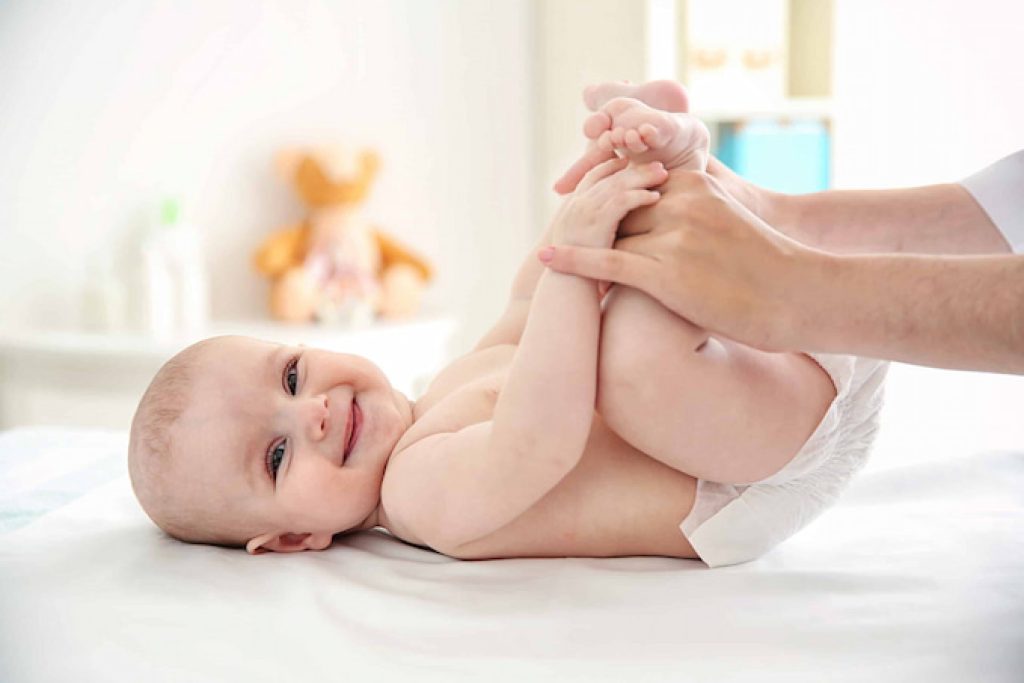
Wiping a newborn baby girl during diaper changes can present some unique challenges. Proper positioning is crucial for effective and comfortable wiping. When changing your baby girl’s diaper, place her on a changing surface or a comfortable, padded area with her legs spread apart. Using your non-dominant hand, gently hold her ankles or thighs to keep her legs apart, allowing better access to the diaper area.
Choosing suitable wipes is essential for your baby girl’s delicate skin. Opt for gentle, fragrance-free baby wipes specifically designed for sensitive skin. Harsh chemicals and fragrances can irritate the diaper area, so check the ingredients and choose wipes free from potential irritants.
When it comes to cleansing, be thorough but gentle. Use a baby wipe or a damp cloth to cleanse the diaper area, making sure to wipe each fold and crevice. Be gentle and avoid excessive rubbing or scrubbing to prevent discomfort or irritation. You may need to lift and separate the labia gently to clean between the folds.
After wiping, pat the area dry with a soft, clean cloth or towel. Avoid rubbing, as it can cause friction and further irritation. Patting helps to remove excess moisture and keeps the area dry, reducing the risk of nappy rash.
Baby Girl Care
Caring for your baby girl is beneficial because newborn genital care involves a meticulous regimen. Properly caring for your baby’s genitals reduces urinary tract infections, protects your newborn’s body, and keeps your girl healthy.
What do you do if a baby girl’s private part is swollen?
It is usual for your baby’s vagina to be swollen in the first few weeks after birth. It sometimes happens to newborn babies because of the maternal hormones they have been exposed to during pregnancy; it is not something to worry about. There can also be a cloudy or slightly bloody discharge. Just clean your baby normally. The swelling and discharge will stop after a few weeks. You should see your doctor if it does not go after a few weeks.
How can I prevent nappy rash?
Nappy rash is a common concern for a lot of mums. Most babies will get it at some stage. One of the ways to avoid rash is to make sure your baby does not sit in a wet, dirty diaper for long and change your baby as soon as possible. Use water, cotton ball, or wipes for the baby’s skin; wipe from front to back to avoid contamination, and use recommended nappy creams or petroleum jelly for barrier. It is also good to sometimes let your baby play without a nappy, leaving the bottom bare. This should be done more if the baby has a rash or sore bottom.
How do I clean my baby girl’s genitals at bathtime?
It is important to wipe your baby’s genitals and bottom if they poo before the bath. Hold her legs apart with clean fingers, gently separate your baby’s vaginal lips, and wipe gently between your baby’s labia from front to back with a baby wipe or cotton ball; clean each side of the labia too. Repeat the process if you need to wipe it again. Avoid using random cleansers for your baby’s skin; you only need plain water and a sponge or soft washcloth. If your baby’s skin is dry, add some bath emollient to the water, but be careful because it will make your baby slippery to handle.
When putting your baby in the bath, use one hand to hold the baby’s head and upper arm and use the other hand to pour water over your baby’s body. Use the sponge or a soft washcloth to wipe your baby girl’s genitals and gently wipe her bottom. Do not rub too hard or douche. After the bath, gently pat the baby with a dry towel. Don’t rub too hard so you don’t damage the delicate area of the baby’s skin. Using vaginal deodorants can increase the risk of infection by upsetting the chemical balance of your baby girl’s vagina.
Bottom Line
That’s all there is to it! A newborn girl’s diaper change is a straightforward procedure. As a parent, your primary responsibility is to ensure that your child is clean and comfortable at all times. You now know precisely how to do it!
Frequently Asked Questions
Is it typical for my newborn girl to have a stench down below?
The smell of poo and pee in a child’s nappy might ruin the natural odor of a baby’s or toddler’s vagina. It may produce a pungent odor, but it’s typically not a cause for concern.
It is possible that vulvovaginitis is to blame for a noticeable change in the scent, mainly if the redness and discomfort accompany it. You should still take your daughter to the doctor to get a correct diagnosis and treatment for this.
Whenever I change my baby’s diaper, do I need to wipe her down?
Wipes aren’t always necessary while changing a baby’s diaper. Wiping your baby’s bottom is unnecessary if she has merely urinated. After every diaper change, wipe from the front to the rear to avoid the spread of germs.
How to clean a newborn girl’s vagina?
From front to back, use a gentle stream of water to wash. Just open the labia a little bit but don’t get in there. As long as you know how to wipe it, it’s engineered to withstand a fair amount of wear and tear. Spending a lot of time there is unnecessary.
Is it usual for a newborn girl to have discharge?
This is entirely natural and does not pose a threat to her health. When it comes to the development of the fetus, various hormones are essential. The baby’s constant supply of hormones is gone after they are born. By the time your baby is 10 days old, your infant’s newborn vaginal discharge is generally gone.
When may I use baby wipes for the first time?
Baby wipes shouldn’t be used on a newborn until at least one month old, according to legal advice. To avoid an adverse response, ensure sure they are scent and alcohol-free before using them.
Why is my daughter’s private area red?
There can be several reasons for redness in baby girls’ private areas, including diaper rash, yeast infection, or skin irritation. It’s essential to keep the area clean and dry. You can try changing diapers frequently, using a mild soap for cleansing, and applying a diaper rash cream or ointment recommended by your pediatrician.
Why does my daughter have bumps in her private area?
Bumps in a baby girl’s private area can have various causes. One possibility is the presence of small cysts, which are typically harmless and resolve independently. Another common cause could be the result of an allergic reaction or irritation from diapers, soaps, or wipes.
Do you wipe after a pee-only diaper?
It’s generally recommended to wipe a baby’s genital area after each diaper change, whether wet or soiled. Wiping helps maintain cleanliness and prevents irritation or infections.
How do I stop my baby from crying during a diaper change?
Use distractions like toys or singing, complete the diaper change swiftly but gently, ensure a warm and comfortable environment, maintain a calm and soothing voice, and provide gentle touches. Be prepared with supplies, and consider using a changing pad or soft towel for added comfort.



